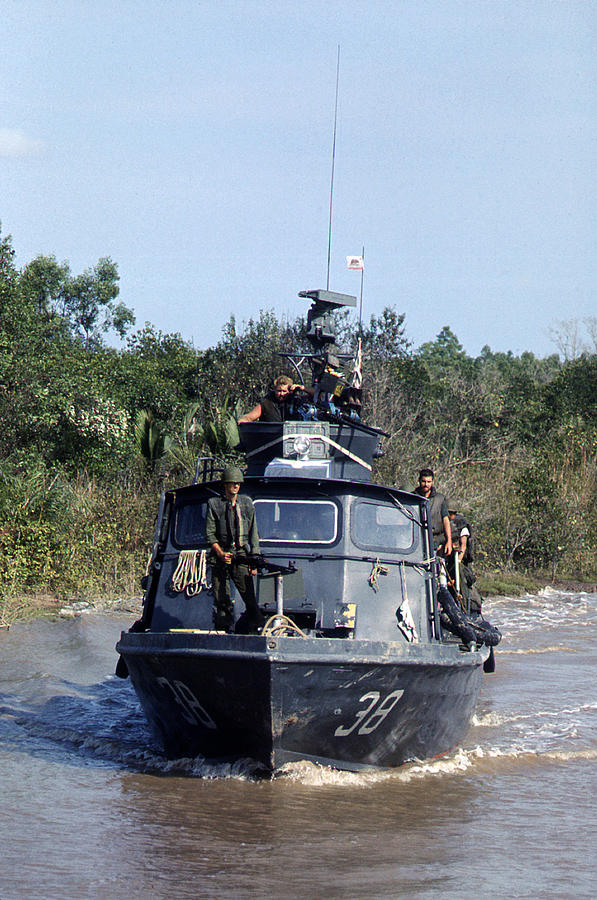

One of the new HC-1 squadrons was Helicopter Attack Squadron (Light) THREE, HA(L)-3, named “Seawolves.” A Navy-wide message was broadcast requesting volunteer Naval Aviators to man HAL-3, and from the response, 80 pilots were chosen. On 30 August 1966, the Army withdrew and relinquished ownership of eight UH-1B helicopters to the Navy and provided training to HC-1 Navy crews in Vietnam. Also in April 1966, HU-1 was redesignated Helicopter Combat Support Squadron (HC-1) and organized into four new squadrons. As a result, Helicopter Support Squadron One (HU-1), based at Imperial Beach, California, was task to assume the mission. To alleviate the complexity of assigning Army helicopters for extended periods, need was created for a dedicated Navy helicopter squadron. This joint arrangement, however, was short lived because the Navy wanted and needed direct control of air operations to support its river patrols.

Army.ĭuring April 1966, the Army’s 197th Aviation Company began providing helicopters, aircrews, and maintenance support to CTF 116. In July, Coastal Surveillance Task Force 115 was activated and took command of all coastal interdiction operations.ĭuring December 1965, Operation Game Warden was established as Task Force 116, with the intent of “denying the enemy the use of the major rivers of the Delta and the Rung Sat Special Zone.” To carry out its mission, TF-116 was assigned 120 PBRs (Patrol Boat, River), 20 LCPLs (Landing Craft, Personnel, Large), one LSD (Landing Ship, Dock), and helicopter gunship support provided by the U.S. Coast Guard launched new tactics with conspicuous success. Working with the Vietnamese Navy, the U.S. In March, a coastal-interdiction force named Operation Market Time was established. It was determined by the Military Assistance Command, Vietnam (MACV) that something serious needed to be done to slow down enemy supply routes in the South China Sea, Gulf of Tonkin, and the Gulf of Siam. Army’s air-mobile forces began extensive operations. Marines were making beach landings, and the U.S. Many will likely not know the story behind the helicopter squadron and their crews.īy early 1965 the Vietnam War was escalating at a rapid pace. The Navy SEAL Museum has undertaken a project to refurbish a Bell UH-1B “Seawolves” helicopter for display on the grounds of the museum.


 0 kommentar(er)
0 kommentar(er)
